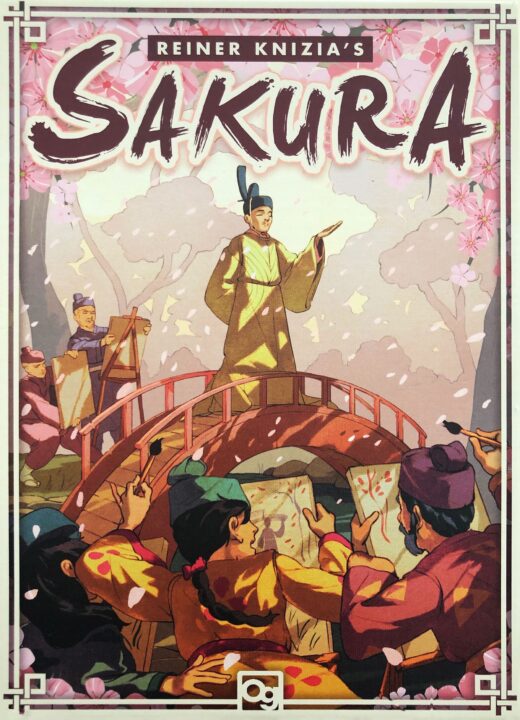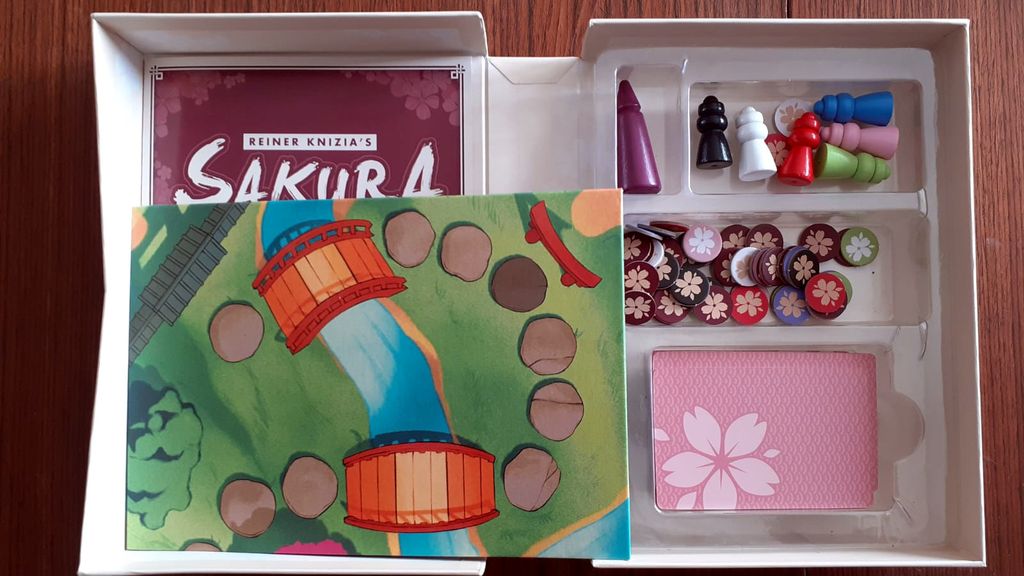Hey there, game enthusiasts! Today, I’m sharing my thoughts on the charming and strategic board game Sakura. This review covers everything from game mechanics and rules to artwork, player interaction, and replayability. Buckle up, and let’s see if Sakura is worth adding to your collection!
How It Plays
Setting Up
First, place the board in the center and position the Emperor’s pawn on the starting space. Each player picks a character and puts their pawn on the board. Give each player a hand of cards and you’re ready to go!
Gameplay
On your turn, play a card from your hand to move your pawn or the Emperor. The goal is to stay close to the Emperor without bumping into him. Watch out for other players trying to push you out of position! The game is a mix of strategy and bluffing.
Winning the Game
The game ends when the Emperor reaches the end of the path. Points are counted based on your position relative to the Emperor. The player with the most points wins!
Want to know more? Read our extensive strategy guide for Sakura.
Game Mechanics and Rules: Sakura Simplified!
Ever played a game where you’re like, “Why do I need a PhD to understand this?” Well, Sakura isn’t like that. The mechanics here are simple enough to pick up, but oh boy, mastering it is another story!
Sakura is a strategic race to impress the Emperor by being the closest to the cherry blossoms without bumping into him. Each player has a hand of cards, numbered 1 to 6. These cards move the Emperor or the players, and that’s where the fun begins. You don’t want to rush too far ahead and risk tripping over the Emperor’s robes. That’s like stepping on your friend’s foot—awkward and painful.
Players must use a careful blend of strategy and foresight. The game incorporates elements such as positioning and timing, making it feel like a dance, where each move counts. Play a card too soon, and you might end up eating the Emperor’s dust. Play it too late, and you could find yourself trailing behind, looking like a fool in front of the cherry blossoms.
What’s cool is that despite its simple rules, the game offers plenty of depth. The tension builds as the Emperor gets closer to the blossoms, and players jockey for the best spot. The best part? It’s not laden with dice rolls, so luck doesn’t run the show. Hooray for strategy! But be warned, if someone loves causing chaos, they can push others into the Emperor, shaking things up fast.
Next up, we’ll marvel at the game’s Artwork and Components, which are as eye-catching as a kimono in full bloom.
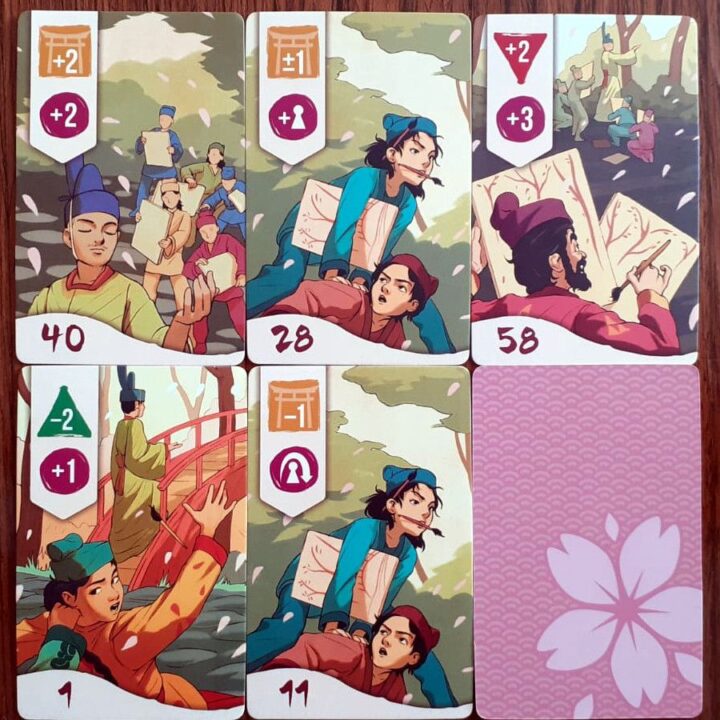
Stunning Artwork and Thoughtful Components in Sakura
When it comes to the artwork in Sakura, my friends and I were blown away. Seriously, who knew cherry blossoms could look that good on cardboard? The artwork is vibrant, capturing the essence of a blooming spring. Each card is like a tiny masterpiece, making even the most grueling moments in the game a visual delight.
Let’s talk about the board now. The game board is sturdy and beautifully designed. It features a winding path lined with sakura trees, which is fitting since the game is all about following the Emperor as he enjoys his stroll. You can’t help but feel a sense of tranquility as you plot your next move. Even the tokens are attractive and easy to handle. They’re not just small pieces; they’re durable and artistically done, enhancing the gameplay experience.
The components are thoughtfully crafted too. The cards are of high quality and shuffle with ease, standing the test of multiple game nights. The player markers are well-designed and even have a little weight to them, making everything feel more premium. My favorite, though, are the reference cards. They’re concise and perfectly laid out, so no fumbling through rulebooks mid-game.
In terms of box insert, everything fits snugly. No more jumbled messes when you open the box. It’s like a cherry on top of this sakura sundae!
Stay tuned, because next I’ll be spilling the green tea on player interaction in Sakura. Spoiler: it’s as intriguing as you’d hope!
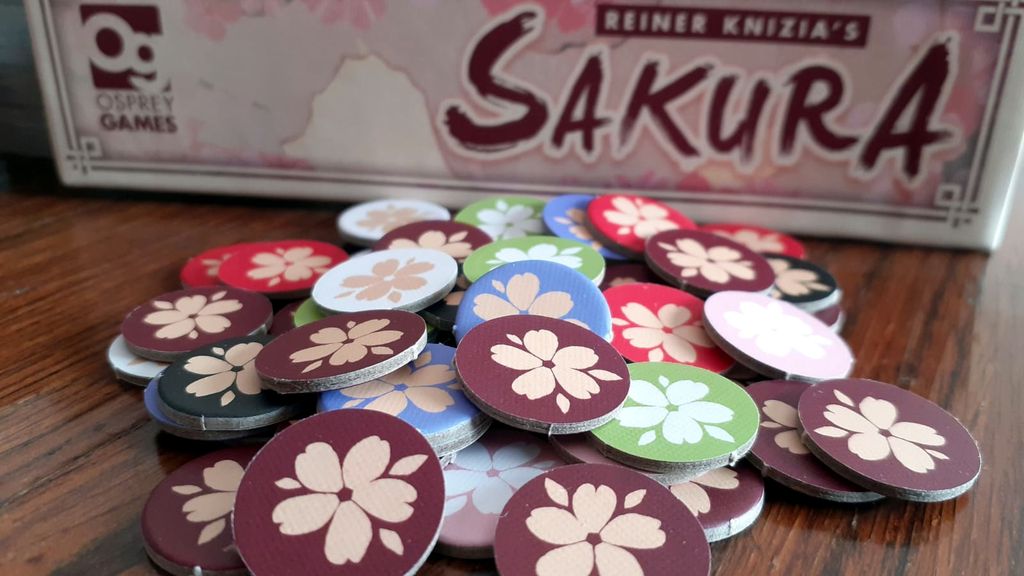
Player Interaction in Sakura: A Delightful Dance of Strategy
When the cherry blossoms bloom in Sakura, the game truly shines. The player interaction is nothing short of spectacular. You and your friends will constantly bump elbows, trying to outwit each other while keeping a keen eye on the emperor’s position. Picture this: you’re inching closer to the emperor for that coveted painting spot, but just as you’re about to strike, your buddy nudges the emperor forward, forcing you back. The laughter and groans this generates are pure gold.
Unlike some games where player interaction feels forced or non-existent, Sakura thrives on it. Every player’s move affects everyone else, whether they mean it or not. This creates a dynamic where even the most gentle nudge or retreat can spiral into a cascade of reactions. You end up with an ever-changing situation where you must adapt your strategy on the fly. There’s no room for lone wolves here; you’ll need to stay engaged with your opponents if you hope to succeed.
The game’s bluffing element adds another layer of fun. You might play a card to move the emperor, but is it a cunning plan or a complete bluff? The guessing game is half the fun, and it keeps everyone on their toes. Expect plenty of laughter and friendly banter as you try to second-guess each other.
With all this jostling and strategic maneuvering, Sakura offers an interactive experience that’s hard to beat. Your friendships will be tested, but it’s worth it for the shared laughs and dramatic twists.
Ready for the next sakura adventure? Let’s chat about replayability and the fun factor!
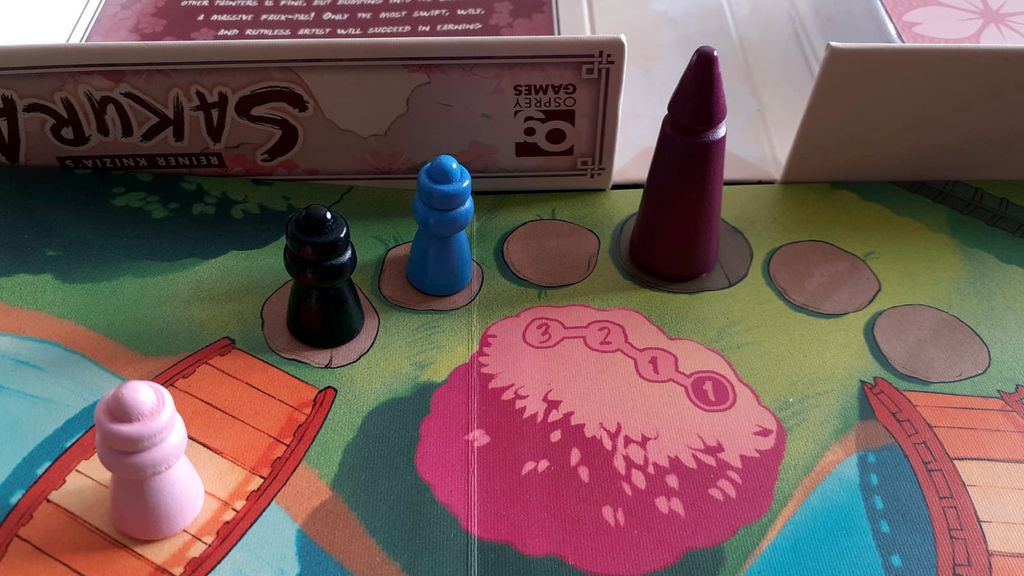
Replayability and Fun Factor in Sakura
Let’s talk about replayability and fun factor, shall we? Playing Sakura with my friends reminds me of the days when a single game of Mario Kart could keep us entertained for hours. Sakura has that same magic.
Each playthrough of Sakura feels fresh because of the clever card mechanics. The game forces you to think on your feet. Will you play a card to move your artist closer to the cherry blossom tree, or will you try to mess with your friends’ plans? You’ll never have two identical games, and that’s where the fun lives.
But it’s not all rainbows and cherry blossoms. The game can be a bit repetitive if you play it too many times in a row. Let’s face it, even binge-watching your favorite series can get old.
One game can last anywhere between 20 to 40 minutes, making it perfect for quick gaming sessions or as a filler while waiting for pizza. The unpredictability keeps everyone engaged, and the mix of strategy and luck means you’re always thinking about your next move. The game balances these elements well, creating a fun and challenging experience. Even my friend Dave, who usually hates games with any luck involved, found this one engaging enough to keep playing.
So, do I recommend Sakura? You bet your cherry blossoms I do! It’s a great addition to any game night, though maybe not the main course. Sprinkle it into your rotation, and you won’t regret it.
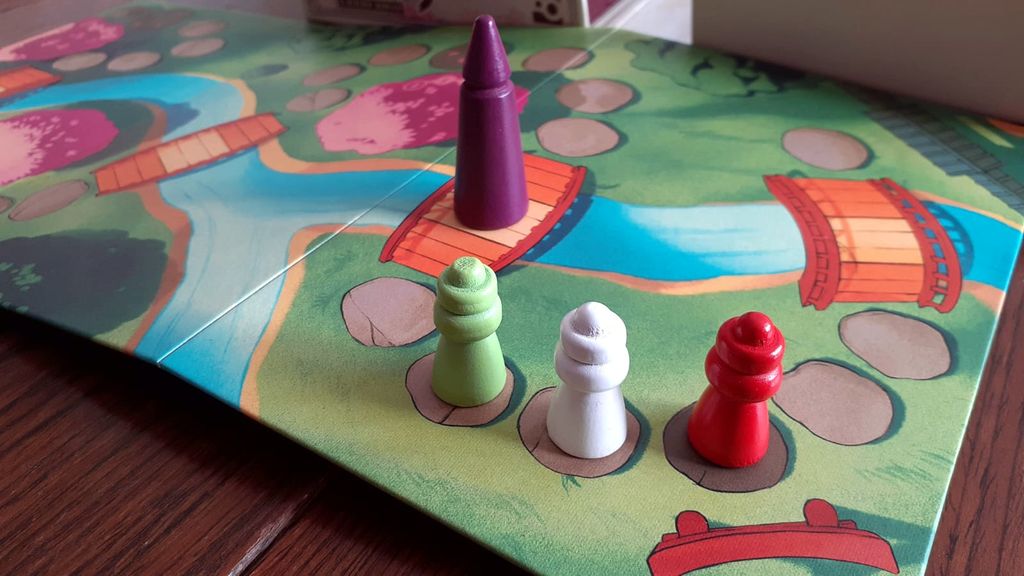
Conclusion
And there you have it, folks! Sakura is a charming and strategic game that offers a lot of fun without relying too much on luck. Its mechanics are solid, the artwork is breathtaking, and the components are top-notch. The player interaction is dynamic, and while the game has good replay value, it might get a tad repetitive over time. But overall, Sakura is a worthwhile addition to any game night. This concludes my review of Sakura. Now, go grab your friends and step into the beautiful world of cherry blossoms!

